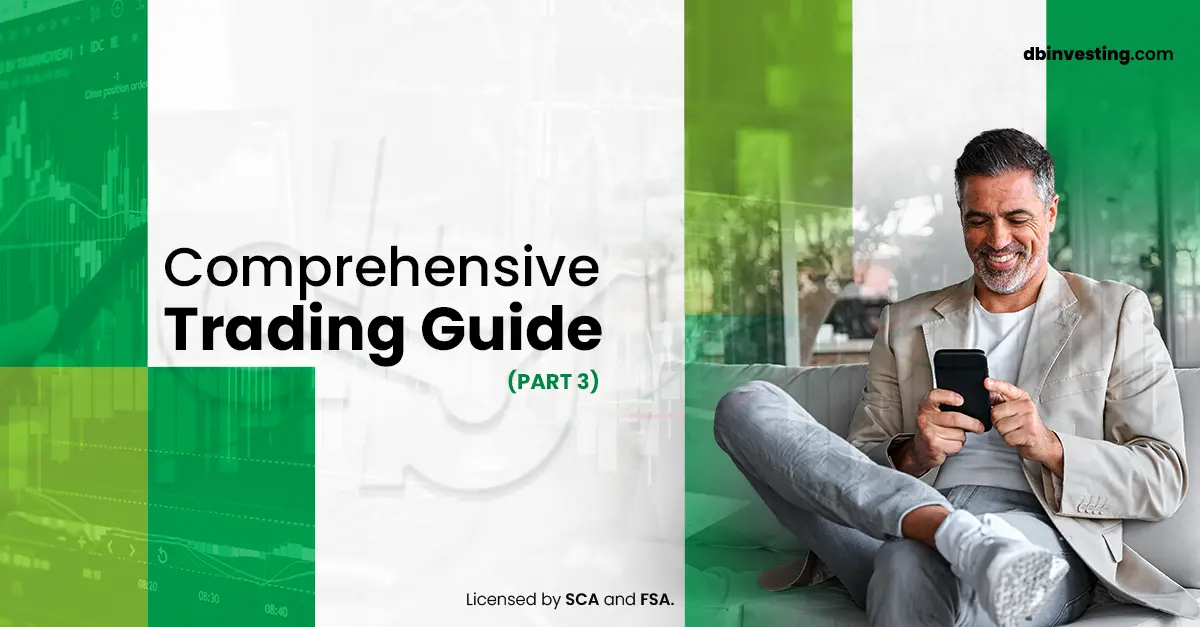Risks and Benefits in the Forex Market
Benefits of Forex Trading
The forex market offers many advantages that make it appealing to traders worldwide. Here are the key benefits:
- High Liquidity
The forex market is the largest in the world in terms of daily trading volume, with trillions of dollars being traded every day. This high liquidity means traders can easily open and close positions without delay, with competitive price spreads (low spread).
- 24-Hour Trading
Unlike other financial markets, the forex market operates 24 hours a day, five days a week. Trading starts with the opening of Asian markets on Monday and ends with the closure of U.S. markets on Friday. This flexibility allows traders worldwide to trade at times that suit them.
- Leverage
Traders can use leverage to control larger positions with less capital. For example, with a 1:100 leverage, a trader can open a $100,000 position with only $1,000. While this can significantly increase profits, it also increases risks.
- Variety of Financial Instruments
In the forex market, traders can trade a wide range of currencies, including major, minor, and exotic pairs. They can also trade CFDs on indices, precious metals, commodities, and stocks.
- Low Costs
Compared to other financial markets, forex trading costs are low. The main cost is the spread, which is often very small in major pairs. There are usually no additional commissions on standard accounts, making forex trading affordable.
- Decentralized Trading
With platforms like MetaTrader 5 available on smartphones and tablets, traders can monitor the market and execute trades from anywhere at any time.
Risks of Forex Trading
Despite the many benefits, forex trading also carries risks that traders need to be aware of:
- High Leverage
Although leverage is a major advantage, it also presents a high risk. Using leverage increases the potential profits but also amplifies losses. A trader may face significant losses if leverage is not used carefully.
- High Volatility
The forex market is known for its large price fluctuations. While these fluctuations can present opportunities for profit, they also carry the risk of quickly losing capital if the market moves against the trader’s expectations.
- Economic and Political Instability
Currency prices are influenced by various economic and political factors. Sudden changes in government policies or bad economic news can lead to unexpected market movements, increasing risks for traders.
- Psychological Risks
Trading can have a significant impact on a trader’s mental state. Hasty decisions or emotional trading can lead to unexpected losses. Self-management and discipline are crucial for success in this market.
- Risks Related to the Broker
Choosing an unreliable broker can expose traders to additional risks, such as slow order execution or lack of transparency in costs. It is important to choose a licensed and regulated broker, like db investing, to ensure capital protection.
How to Reduce Risks in the Forex Market
- Learning and Training
Before starting real trading, it is important for traders to master different trading strategies and understand the risks involved. Using a demo account is a key step for risk-free practice. At db investing, we offer a series of free training webinars to help you enter the markets properly.
- Capital Management
Determining the level of risk a trader can take in each trade is an essential part of capital management. Traders should risk only a small percentage of their capital per trade to avoid large losses.
- Using Stop-Loss Orders
Placing stop-loss orders allows traders to limit losses if the market moves against their expectations.
- Emotional Control
Traders should maintain discipline and avoid letting emotions like greed or fear affect their decisions. Sticking to a trading plan helps avoid emotional trading.
While forex trading offers great profit potential due to high liquidity and leverage, it also carries significant risks. Success in this market depends on the trader’s ability to manage risks effectively and stick to a disciplined trading plan.
Best Trading Times
Understanding the best times to trade
The forex market operates 24 hours a day, five days a week. However, certain times during the day see higher liquidity and greater volatility, providing better opportunities for traders. The best time to trade depends on the timing of global financial markets, and the forex trading day is divided into four main sessions:
- Sydney Session (Australian Markets)
The Sydney session starts at 10:00 PM GMT and ends at 7:00 AM GMT. This session is relatively quiet due to lower trading volume compared to other sessions. However, there may be good opportunities to trade the Australian Dollar (AUD) and New Zealand Dollar (NZD).
- Tokyo Session (Asian Markets)
The Tokyo session starts at 12:00 AM GMT and ends at 9:00 AM GMT. Liquidity is high in this session, especially in currency pairs related to the Japanese Yen (JPY), such as USD/JPY and EUR/JPY. The session also sees strong volatility in Asian markets.
- London Session (European Markets)
The London session starts at 8:00 AM GMT and ends at 5:00 PM GMT. This session is one of the most active in the forex market, as London is a major financial hub. It features very high liquidity and strong volatility, especially in currency pairs involving the British Pound (GBP) and Euro (EUR).
- New York Session (U.S. Markets)
The New York session starts at 1:00 PM GMT and ends at 10:00 PM GMT. This session sees significant activity, especially in currency pairs involving the U.S. Dollar (USD) such as EUR/USD and GBP/USD. This session is very important, particularly when major economic news from the U.S. is released.
Overlapping Sessions
The best times to trade usually occur during the overlapping periods between different market sessions. These periods are characterized by high liquidity and trading volume, leading to better profit opportunities. There are two main overlaps:
- London-New York Overlap
This overlap occurs between 1:00 PM and 5:00 PM GMT. It is the most active overlap in the forex market, as two of the largest financial markets are in play, resulting in high liquidity and strong volatility.
- Tokyo-London Overlap
This overlap happens between 8:00 AM and 9:00 AM GMT. While it is less active compared to the London-New York overlap, it can still offer opportunities for trading Asian currencies like the Japanese Yen (JPY).
Best Times to Trade Different Currency Pairs
Each currency pair is affected by the activity of different markets based on the countries they represent:
- EURUSD: Best traded during the London session and its overlap with New York, when liquidity is at its highest.
- USDJPY: This pair is particularly active during the Tokyo session and its overlap with London.
- GBPUSD: Best traded during the London session and its overlap with New York.
- AUDUSD: Best traded during the Sydney session and its overlap with Tokyo.
Trading During Economic News
Important economic news like unemployment reports, inflation, and central bank decisions can lead to large market fluctuations. These news releases can be some of the best times for quick profits in forex. However, caution is needed because these fluctuations can also lead to large losses if risks are not properly managed.
Conclusion
The best times to trade depend on the currency pairs you are trading and the sessions you prefer. It is important to track the overlap periods and major economic news releases to make the most of trading opportunities. Trading during high liquidity and high volatility periods can help make profits but always use risk management tools to protect your capital.
In part three, we reviewed the key features and risks of the forex market, along with how to reduce those risks. We also explored the most important trading times and how to take advantage of them for better results in trading.
In part four, we will create a trading plan. We’ll learn how to design a well-thought-out plan, set clear goals, choose a suitable trading style, and manage risks smartly. We’ll also discuss the importance of proper financial management through following basic principles and using effective strategies and tools for managing capital and controlling risk ratios.

